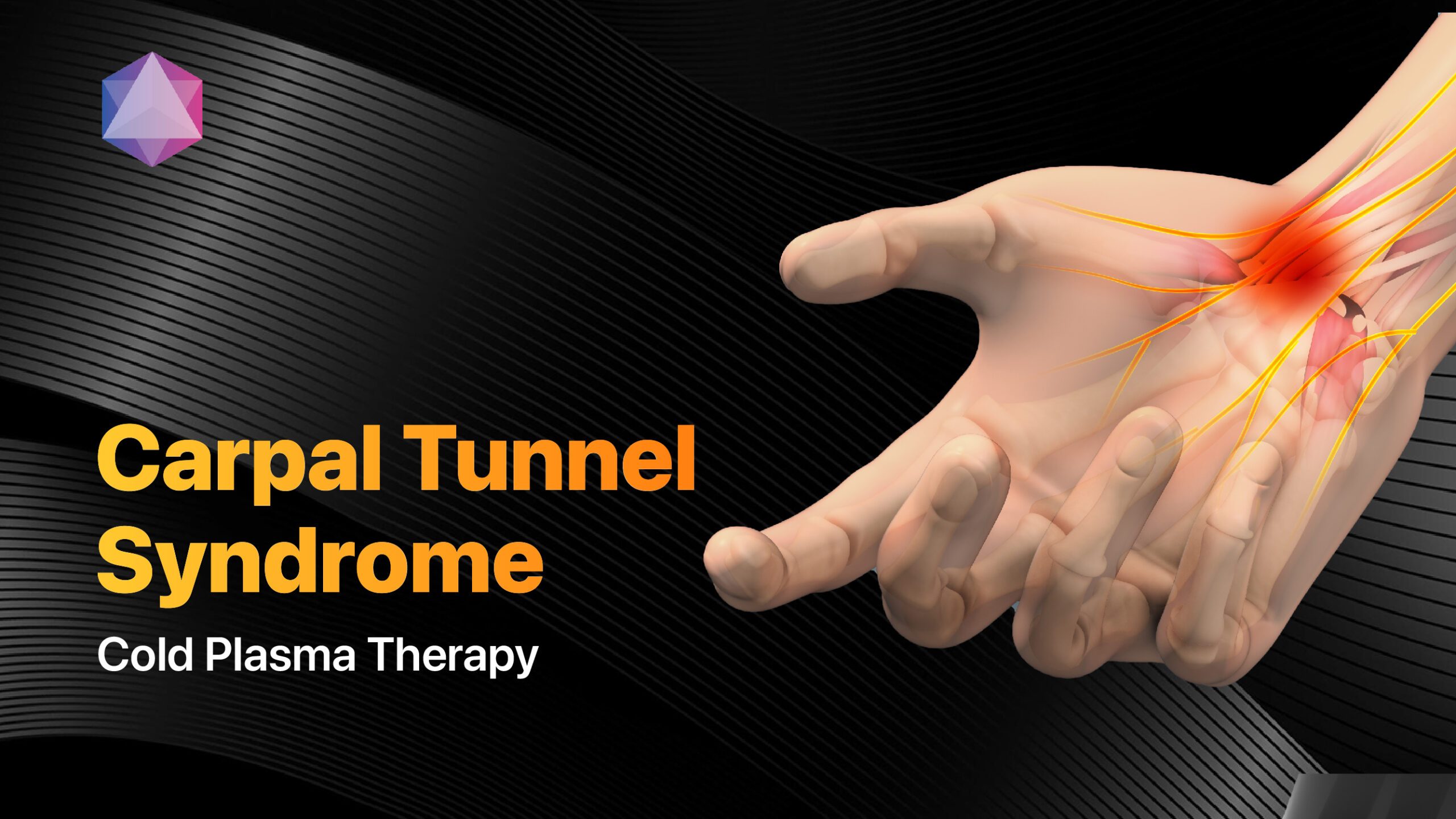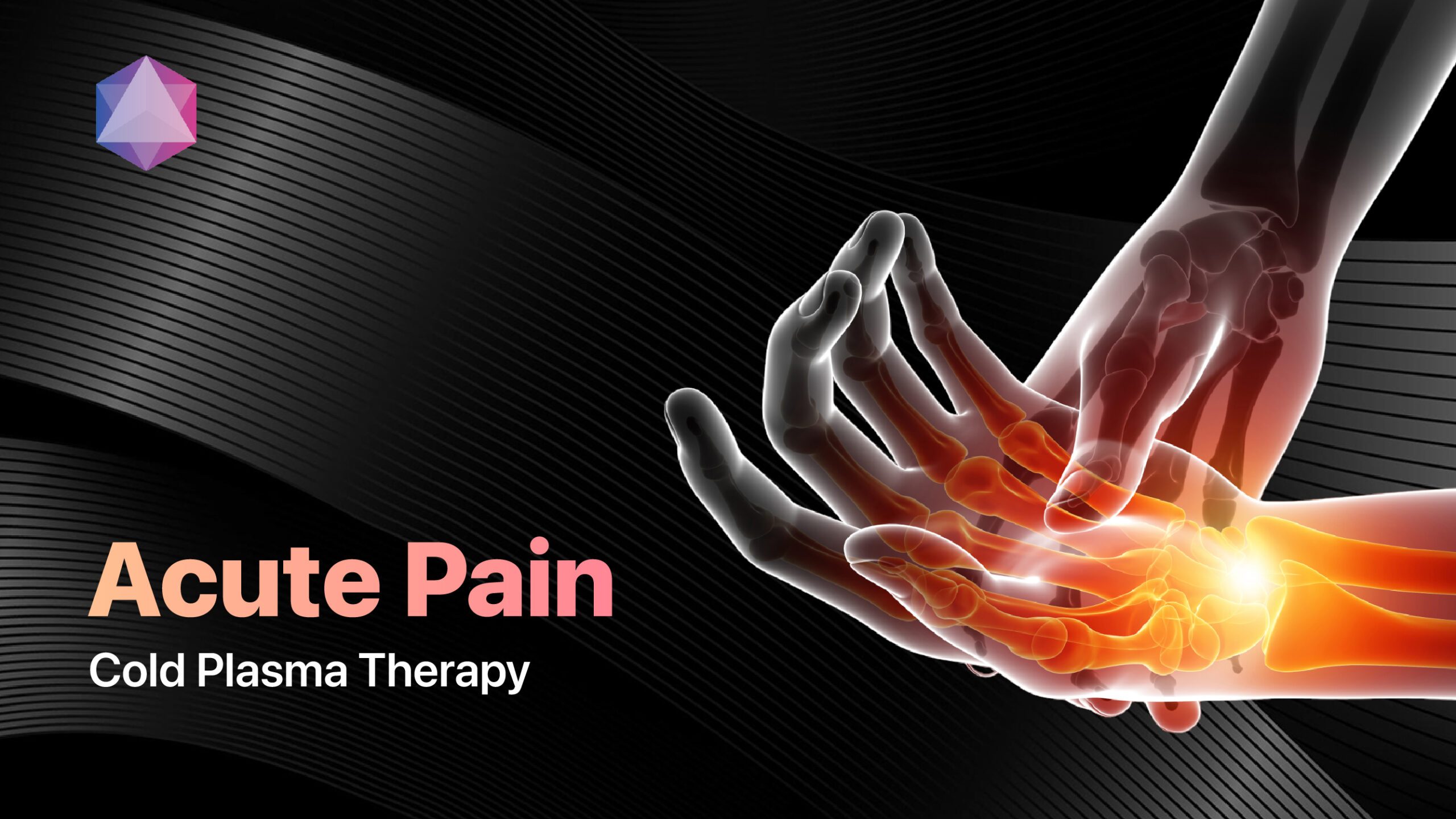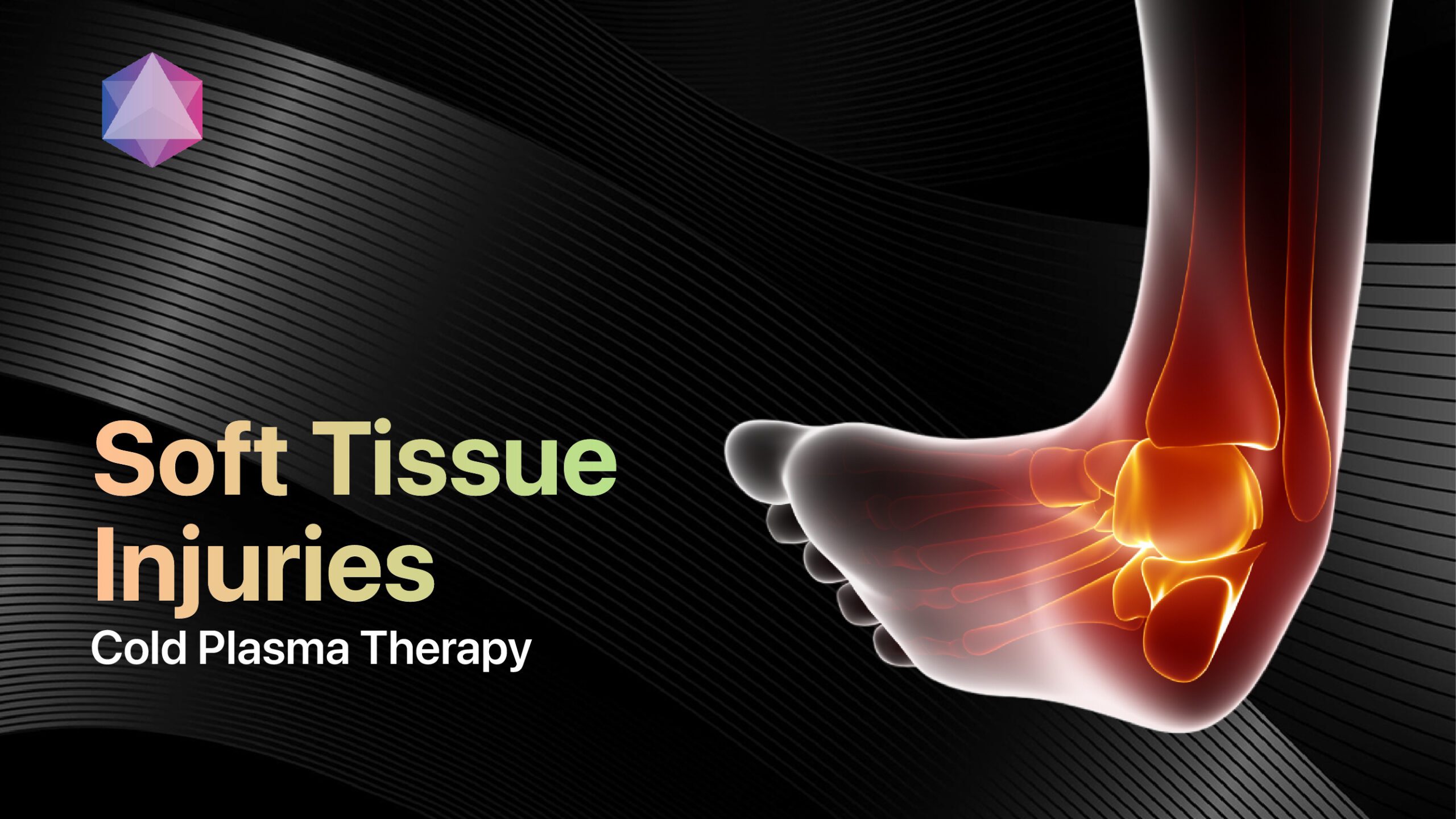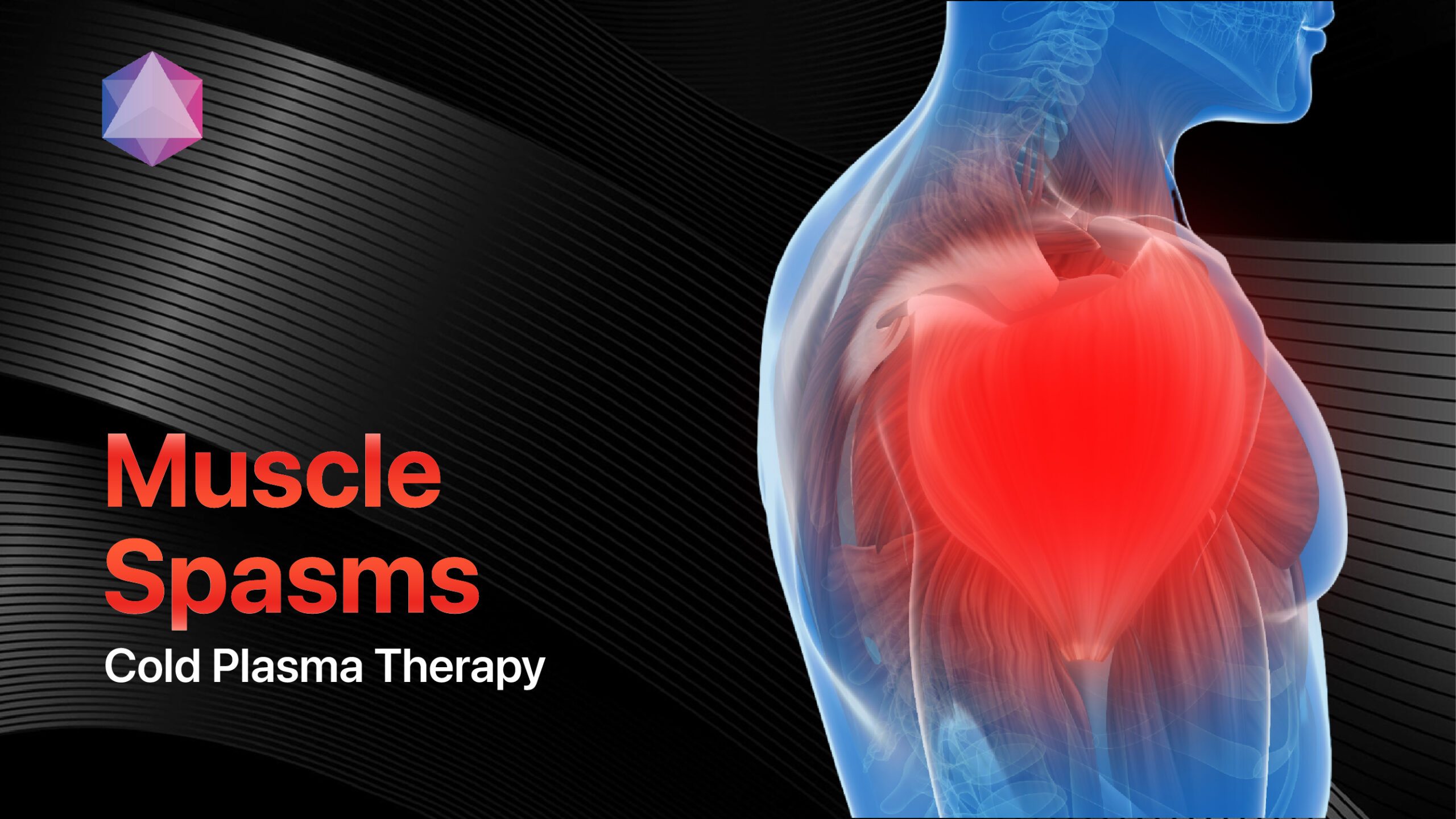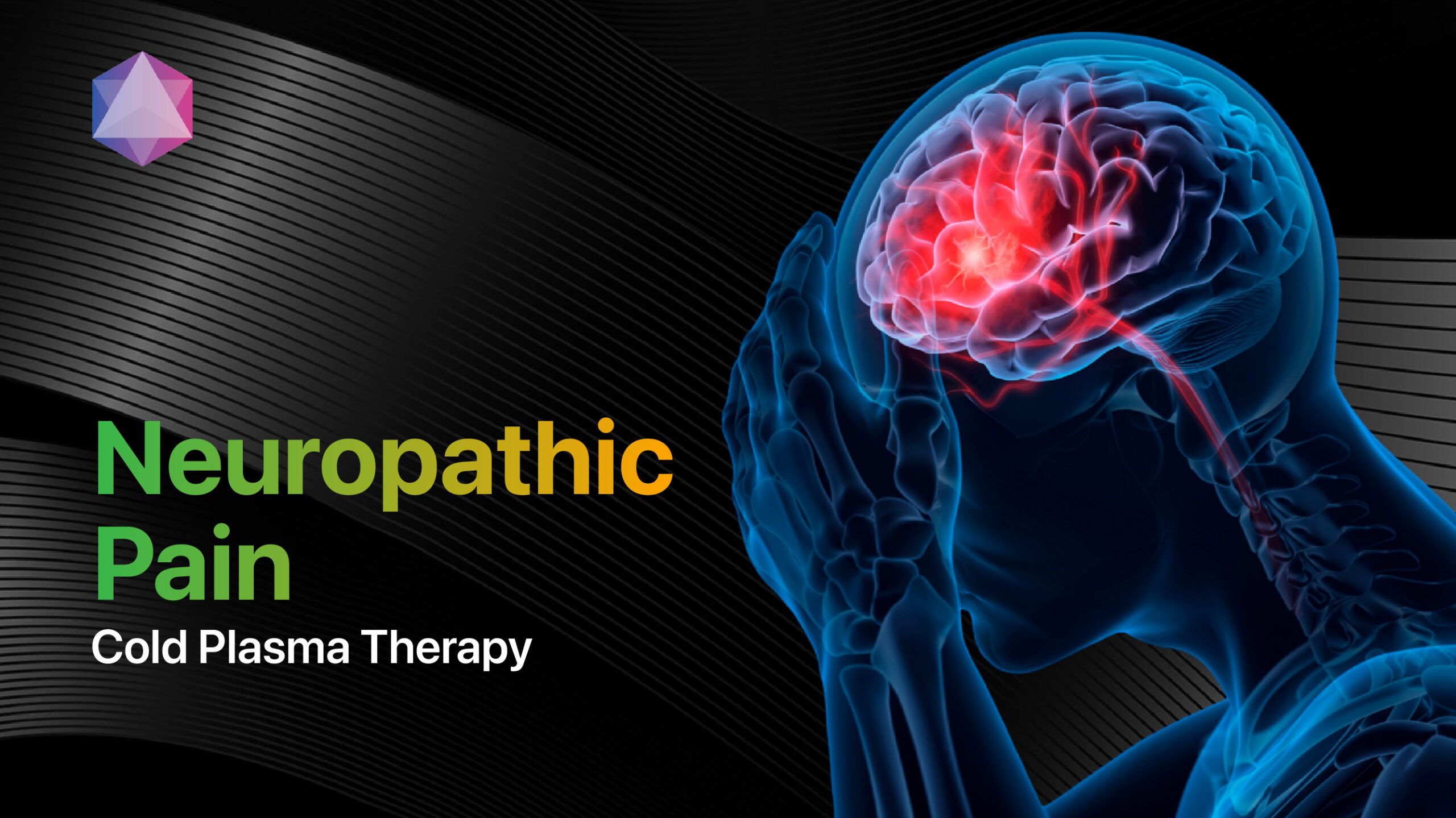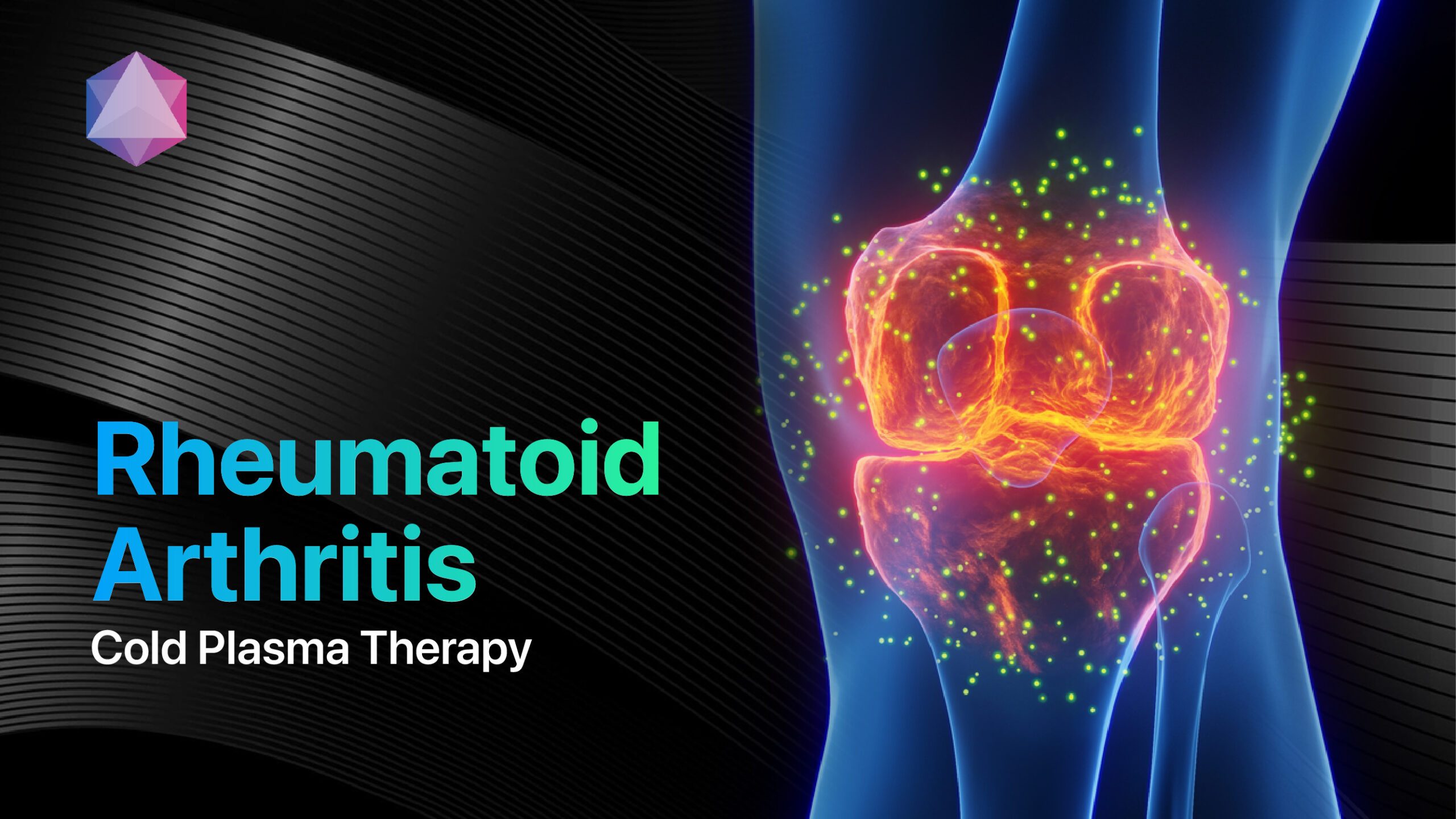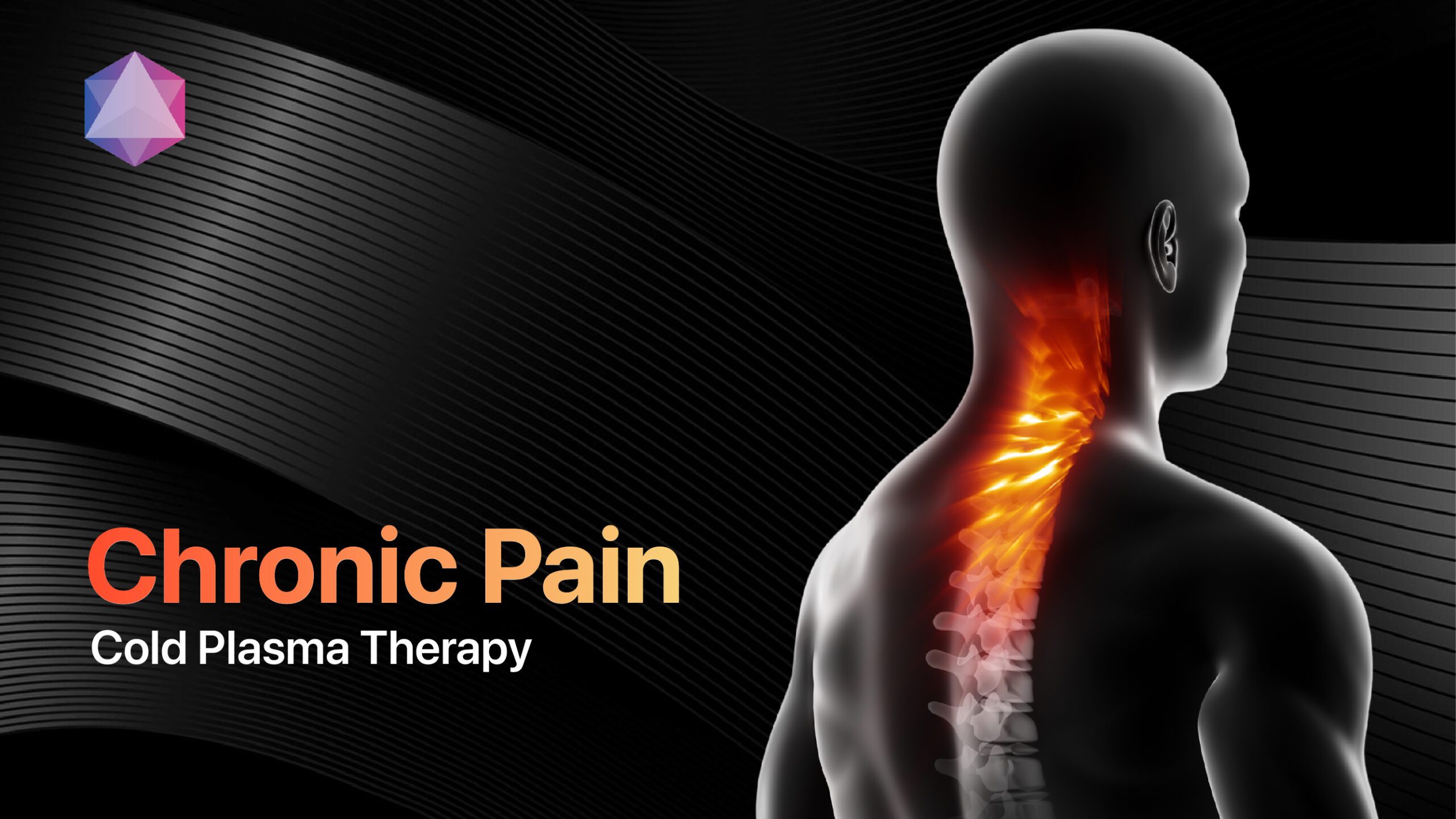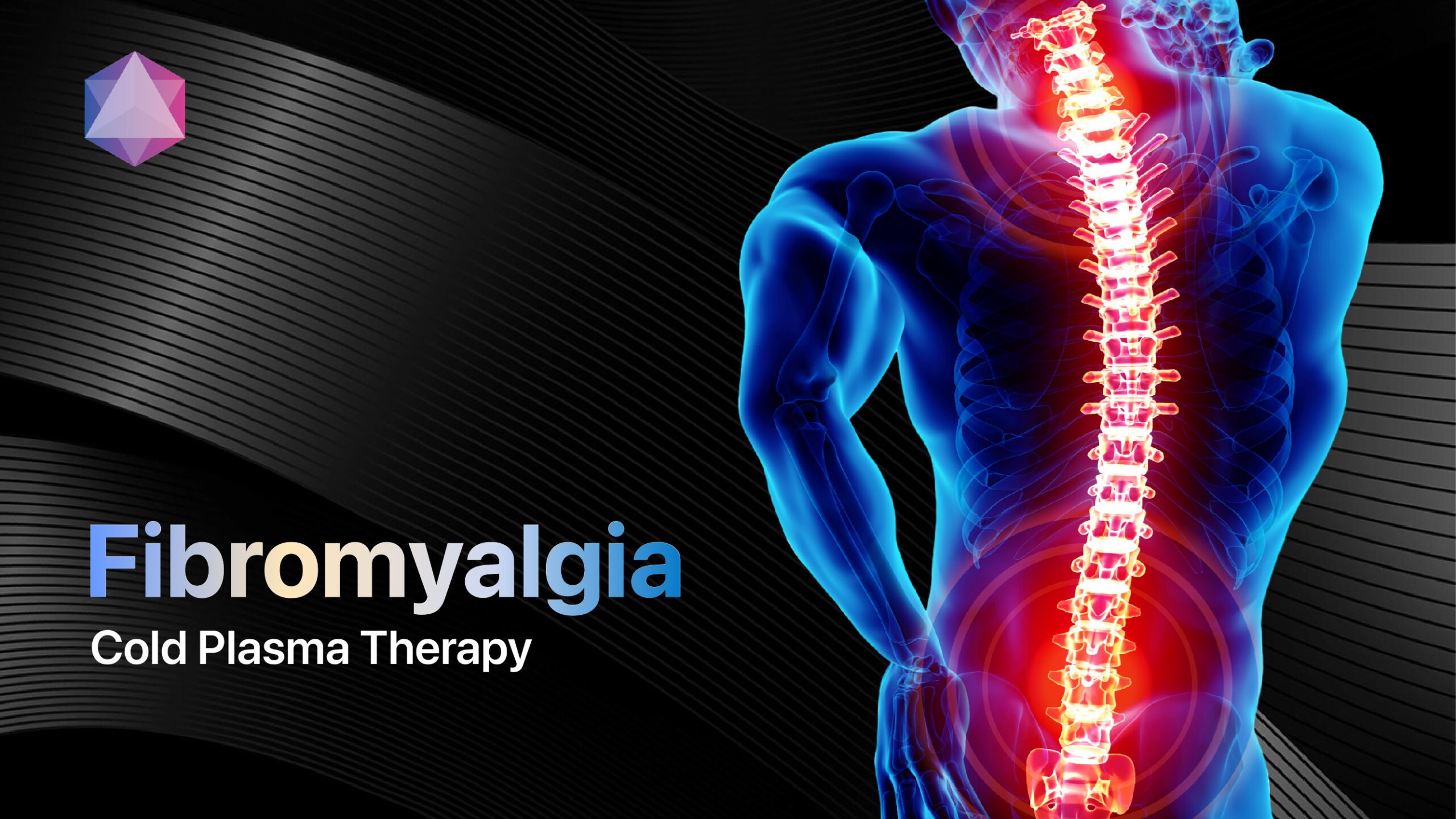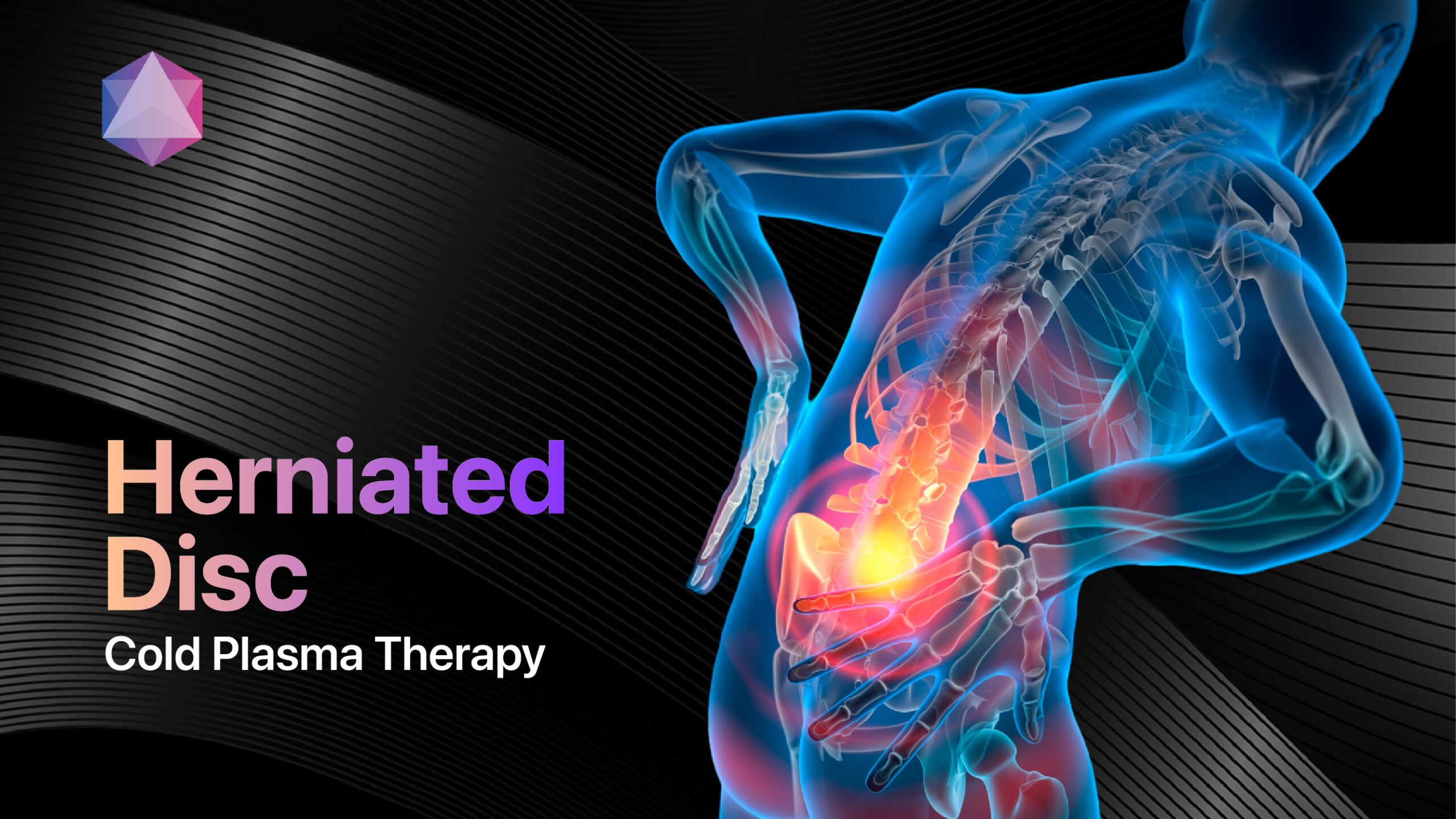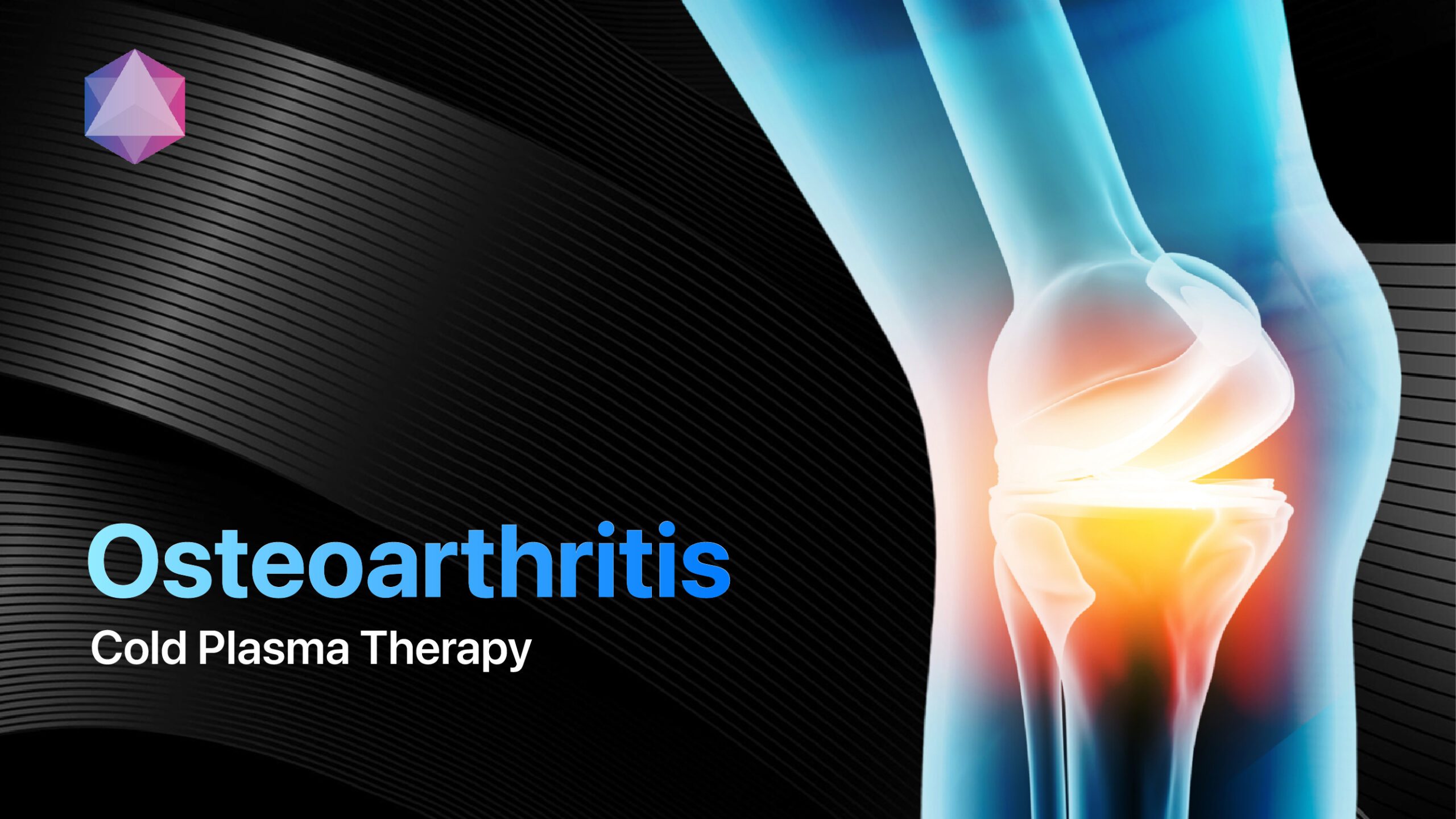
Osteoarthritis affects over 32.5 million adults in the United States, making it the most common form of arthritis worldwide[1][2]. This degenerative joint disease causes cartilage breakdown and affects the entire joint structure, leading to chronic pain, stiffness, and reduced mobility that significantly impacts quality of life[3][4]. While traditionally viewed as “wear and tear” arthritis, osteoarthritis is now understood as a complex disease of the whole joint involving bone, cartilage, ligaments, and surrounding tissues.
Understanding the mechanisms, symptoms, and modern treatment approaches empowers patients and healthcare providers to manage this condition effectively.
What Is Osteoarthritis? Understanding the Disease
Defining the Degenerative Joint Condition
Osteoarthritis represents a degenerative joint disease where tissues within joints break down over time[5]. Unlike inflammatory arthritis conditions, osteoarthritis primarily involves mechanical breakdown of cartilage—the smooth, slippery tissue covering bone ends in joints.
This condition affects the entire joint structure, including:
- Cartilage deterioration causing bone-on-bone contact
- Bone shape changes and spur formation
- Ligament and tendon weakening
- Synovial membrane inflammation
- Joint space narrowing visible on X-rays[6]
The Whole Joint Disease Process
Modern understanding reveals osteoarthritis as more than simple cartilage loss. The disease involves complex interactions between mechanical stress, inflammation, and metabolic factors affecting all joint components[7].
Key pathological changes include:
- Cartilage matrix breakdown from enzyme activity
- Subchondral bone remodeling creating structural changes
- Synovial inflammation producing pain mediators
- Osteophyte formation (bone spurs) at joint margins[8]
The Mirari Cold Plasma System, developed by General Vibronics and commercialized through miraridoctor.com, offers innovative osteoarthritis management through nitric oxide-based plasma technology that targets inflammation and promotes tissue repair at the cellular level[9].
Comprehensive Symptom Profile
Primary Symptoms of Osteoarthritis
Osteoarthritis presents with distinctive symptoms that worsen progressively over time:
Joint Pain
The hallmark symptom involves activity-related pain that improves with rest. Pain typically:
- Worsens with movement and weight-bearing
- Improves during rest periods
- May become constant in advanced stages
- Often intensifies during weather changes[10]
Morning Stiffness
Osteoarthritis causes brief morning stiffness typically lasting less than 30 minutes, distinguishing it from inflammatory arthritis, where stiffness persists longer[11].
Reduced Range of Motion
Joint mobility decreases as cartilage damage progresses and bone spurs develop, limiting normal joint movement patterns[12].
Secondary Symptoms and Complications
Osteoarthritis frequently involves additional symptoms that impact daily functioning:
- Joint instability causing “giving way” sensations
- Crepitus—grinding or crackling sounds during movement
- Joint swelling from inflammation and fluid accumulation
- Muscle weakness around affected joints
- Sleep disturbances from pain and discomfort[13]
| Symptom Category | Characteristics | Common Locations | Impact on Function |
|---|---|---|---|
| Pain | Activity-related, improves with rest[10] | Knees, hips, hands, spine | Limits mobility and activities |
| Stiffness | Brief morning duration (<30 mins)[11] | Weight-bearing joints | Affects initial movement |
| Swelling | Intermittent joint enlargement[12] | Knees, finger joints | Reduces range of motion |
| Deformity | Bone spurs, joint space narrowing[13] | Hands (nodes), knees, hips | Progressive functional loss |
Understanding Osteoarthritis Causes and Risk Factors
Primary Risk Factors
Osteoarthritis development involves multiple contributing factors that increase joint vulnerability:
Age-Related Changes
The most significant risk factor involves aging-related tissue changes. Cartilage becomes less elastic and more susceptible to breakdown as proteoglycan content decreases[14].
Mechanical Stress
Joint overuse from occupational activities, sports, or repetitive movements accelerates cartilage wear. High-impact activities and heavy lifting create excessive joint stress[15].
Obesity Impact
Excess body weight significantly increases osteoarthritis risk, particularly in weight-bearing joints. Every pound of weight adds approximately four pounds of pressure on knee joints during walking[16].
Secondary Contributing Factors
Osteoarthritis also develops from:
- Previous joint injuries, including fractures, ligament tears, or meniscal damage
- Genetic predisposition with familial clustering patterns
- Gender influences—women develop osteoarthritis more frequently, especially after menopause
- Metabolic factors, including diabetes and inflammatory conditions
- Joint malalignment creating uneven wear patterns[17][18]
Modern Diagnostic Approaches
Clinical Assessment Methods
Osteoarthritis diagnosis relies primarily on clinical evaluation combining history, physical examination, and imaging studies[19].
History and Physical Examination
Healthcare providers assess:
- Symptom patterns, including pain characteristics and timing
- Functional limitations in daily activities
- Joint examination for tenderness, swelling, and range of motion
- Gait analysis for walking abnormalities[20]
Imaging Studies
X-rays remain the primary imaging tool, revealing:
- Joint space narrowing from cartilage loss
- Osteophyte formation (bone spurs)
- Subchondral bone changes, including sclerosis
- Joint deformity in advanced cases[21]
MRI imaging provides detailed soft tissue evaluation when X-rays are inconclusive or surgical planning is needed[22].
Laboratory Testing Considerations
Osteoarthritis typically involves normal laboratory values. Blood tests help exclude other conditions like rheumatoid arthritis or metabolic disorders[23].
Joint fluid analysis may be performed when:
- Infection is suspected
- Crystal arthropathy needs exclusion
- Significant inflammation is present[24]
Evidence-Based Treatment Strategies
Non-Pharmacological Management
Osteoarthritis treatment begins with non-drug interventions that form the foundation of management:
Exercise Therapy
Physical activity represents the most important non-pharmacological intervention. Clinical guidelines universally recommend:
- Aerobic exercise improving cardiovascular health and joint function
- Strength training supporting joint stability
- Range of motion exercises maintaining flexibility
- Aquatic therapy providing low-impact alternatives[25]
Weight Management
Weight loss significantly benefits osteoarthritis symptoms. Studies show 5-10% weight reduction produces meaningful pain improvement and functional gains[26].
Patient Education
Self-management programs empower patients with knowledge about:
- Disease understanding and progression
- Activity modification strategies
- Joint protection techniques
- Pain management approaches[27]
Pharmacological Interventions
Osteoarthritis medications focus on symptom management and functional improvement:
First-Line Medications
Topical NSAIDs receive strong recommendations as initial therapy due to:
- Local anti-inflammatory effects with minimal systemic absorption
- Reduced gastrointestinal risks compared to oral NSAIDs
- Significant pain relief comparable to oral medications[28]
Oral Medications
When topical treatments prove insufficient:
- Oral NSAIDs provide anti-inflammatory and analgesic effects
- Acetaminophen offers moderate pain relief with good safety profiles
- Duloxetine helps patients with concurrent depression or neuropathic pain[29]
Revolutionary Cold Plasma Technology
Cold plasma therapy represents a breakthrough in osteoarthritis treatment. The Mirari Doctor platform utilizes atmospheric plasma that:
- Generates nitric oxide for anti-inflammatory effects
- Reduces joint inflammation without pharmaceutical side effects
- Promotes tissue regeneration through cellular signaling
- Provides non-invasive treatment suitable for sensitive patients[30]
Clinical observations suggest that cold plasma therapy provides the following benefits for osteoarthritis patients:
- Reduced joint pain and stiffness
- Improved mobility and function
- Enhanced quality of life
- Long-lasting symptom relief[30]
| Treatment Category | Primary Options | Efficacy Level | Safety Profile |
|---|---|---|---|
| Non-Pharmacological | Exercise, weight management, education[25] | High for function improvement | Excellent |
| Topical Therapies | NSAIDs, capsaicin[28] | Moderate-High for pain | Very good |
| Oral Medications | NSAIDs, acetaminophen[29] | Moderate for pain/function | Good with precautions |
| Cold Plasma | Nitric oxide-based therapy[30] | Emerging evidence shows promise | Excellent |
Advanced Treatment Approaches
Intra-articular Therapies
Joint injections provide targeted osteoarthritis treatment for patients with persistent symptoms:
Corticosteroid Injections
Intra-articular steroids offer:
- Rapid pain relief within days of injection
- Short-term benefits lasting 6-12 weeks
- Anti-inflammatory effects reducing joint swelling
- Functional improvement during active phases[31]
Hyaluronic Acid Injections
Viscosupplementation aims to restore joint lubrication, though evidence remains mixed regarding efficacy[32].
Emerging Regenerative Treatments
Osteoarthritis research explores innovative approaches:
- Platelet-rich plasma therapy for tissue regeneration
- Stem cell treatments to promote cartilage repair
- Gene therapy targeting disease mechanisms
- Biologic agents blocking inflammatory pathways[33]
Surgical Considerations
Joint Replacement Surgery
Total joint replacement becomes necessary when:
- Conservative treatments fail to provide adequate relief
- Severe pain interferes with daily activities
- Significant functional limitation affects quality of life
- Joint deformity progresses to unacceptable levels[34]
Surgical Outcomes
Joint replacement surgery provides:
- Excellent pain relief in 85-95% of patients
- Improved function and mobility
- Enhanced quality of life outcomes
- Long-term durability with modern implants lasting 15-20 years[35]
Living with Osteoarthritis
Self-Management Strategies
Successful osteoarthritis management requires patient engagement in:
- Regular exercise maintaining joint function
- Weight management reducing joint stress
- Activity pacing: balancing rest and activity
- Stress management addressing psychological impacts[36]
Prognosis and Long-term Outlook
Osteoarthritis typically progresses slowly over years. With appropriate management:
- Many patients maintain function for decades
- Symptoms can be controlled effectively
- Quality of life improvements are achievable
- Disease progression may slow with optimal care[37]
FAQ: Essential Questions About Osteoarthritis
What are the main symptoms of osteoarthritis?
Osteoarthritis’s primary symptoms include joint pain that worsens with activity and improves with rest, brief morning stiffness lasting less than 30 minutes, and reduced range of motion[10][11]. Additional symptoms include joint swelling, crackling sounds during movement, and muscle weakness around affected joints[12].
What causes osteoarthritis to develop?
Osteoarthritis develops from aging-related cartilage changes, mechanical joint stress, and obesity[14][15][16]. Previous joint injuries, genetic factors, and gender (more common in women) also contribute to development[17][18]. The disease results from complex interactions between mechanical, inflammatory, and metabolic factors.
What are the most effective treatments for osteoarthritis?
The most effective osteoarthritis treatment combines exercise therapy, weight management, and patient education[25][26][27]. Topical NSAIDs serve as first-line medication therapy, followed by oral NSAIDs when needed[28]. Innovative treatments like cold plasma therapy show promise for symptom relief without pharmaceutical side effects[30].
How is osteoarthritis different from rheumatoid arthritis?
Osteoarthritis is a degenerative “wear and tear” condition affecting cartilage, while rheumatoid arthritis is an autoimmune disease attacking joint lining[38]. Osteoarthritis causes brief morning stiffness and affects individual joints, while rheumatoid arthritis causes prolonged morning stiffness and affects multiple joints symmetrically[39][40].
When should I consider joint replacement surgery?
Joint replacement surgery should be considered when conservative treatments fail to provide adequate pain relief and functional improvement[34]. Severe pain interfering with daily activities, significant functional limitations affecting quality of life, and progressive joint deformity are key indicators for surgical consultation[35]. Surgery provides excellent outcomes with 85-95% success rates for pain relief.
Osteoarthritis represents a complex degenerative joint disease affecting millions worldwide. While challenging, comprehensive management approaches combining traditional therapies with innovative treatments like cold plasma technology offer hope for improved outcomes. Understanding the condition empowers patients to work effectively with healthcare providers in developing personalized treatment strategies focused on pain relief, functional improvement, and enhanced quality of life.
References
- Arthritis Foundation. (2012). Osteoarthritis: Symptoms, Diagnosis, and Treatment. Available at: https://www.arthritis.org/diseases/osteoarthritis
- Cleveland Clinic. (2025). Osteoarthritis: Symptoms, Causes and Treatment. Available at: https://my.clevelandclinic.org/health/diseases/5599-osteoarthritis
- Mayo Clinic. (2025). Osteoarthritis – Symptoms & causes. Available at: https://www.mayoclinic.org/diseases-conditions/osteoarthritis/symptoms-causes/syc-20351925
- NCBI Bookshelf. (2025). Osteoarthritis – StatPearls. Available at: https://www.ncbi.nlm.nih.gov/books/NBK482326/
- NIAMS. (2025). Osteoarthritis Symptoms, Causes & Risk Factors. Available at: https://www.niams.nih.gov/health-topics/osteoarthritis
- WHO. (2023). Osteoarthritis – World Health Organization. Available at: https://www.who.int/news-room/fact-sheets/detail/osteoarthritis
- Wikipedia. (2004). Osteoarthritis. Available at: https://en.wikipedia.org/wiki/Osteoarthritis
- NIAMS. (2025). Osteoarthritis: Diagnosis, Treatment, and Steps to Take. Available at: https://www.niams.nih.gov/health-topics/osteoarthritis/diagnosis-treatment-and-steps-to-take
- YouTube. (2024). Managing osteoarthritis using cold plasma therapy. Available at: https://www.youtube.com/watch?v=jWhActyCunA
- NHS. (2023). Osteoarthritis – Symptoms. Available at: https://www.nhs.uk/conditions/osteoarthritis/symptoms/
- Johns Hopkins Arthritis Center. (2019). Osteoarthritis: Signs and Symptoms. Available at: https://www.hopkinsarthritis.org/arthritis-info/osteoarthritis/signs-and-symptoms/
- Healthline. (2018). Osteoarthritis: Symptoms, Causes, Treatment, and More. Available at: https://www.healthline.com/health/osteoarthritis
- NHS. (2023). Osteoarthritis. Available at: https://www.nhs.uk/conditions/osteoarthritis/
- Mayo Clinic. (2023). Arthritis – Symptoms and causes. Available at: https://www.mayoclinic.org/diseases-conditions/arthritis/symptoms-causes/syc-20350772
- Health Direct Australia. (2024). Osteoarthritis – complications, treatments and diagnosis. Available at: https://www.healthdirect.gov.au/osteoarthritis
- Versus Arthritis. (2014). Osteoarthritis – Causes, symptoms, treatments. Available at: https://versusarthritis.org/about-arthritis/conditions/osteoarthritis/
- AAHKS. (2025). Osteoarthritis FAQs. Available at: https://www.hipkneeinfo.org/hip-care/osteoarthritis-faqs/
- PubMed. (2025). Recent advances in osteoarthritis research: A review. Available at: https://pubmed.ncbi.nlm.nih.gov/39854749/
- Mayo Clinic. (2025). Osteoarthritis – Diagnosis & treatment. Available at: https://www.mayoclinic.org/diseases-conditions/osteoarthritis/diagnosis-treatment/drc-20351930
- AAFP. (2012). Osteoarthritis: Diagnosis and Treatment. Available at: https://www.aafp.org/pubs/afp/issues/2012/0101/p49.html
- PMC. (2010). Diagnosis and treatment of osteoarthritis. Available at: https://pmc.ncbi.nlm.nih.gov/articles/PMC6583445/
- Mayo Clinic Research. (2019). Osteoarthritis Clinical Trials. Available at: https://www.mayo.edu/research/clinical-trials/diseases-conditions/osteoarthritis/
- Versus Arthritis. (2024). Research breakthrough shows hope for millions. Available at: https://versusarthritis.org/news/2024/july/research-breakthrough-shows-hope-for-millions-afflicted-by-osteoarthritis-pain/
- NHS. (2024). Osteoarthritis – Treatment and support. Available at: https://www.nhs.uk/conditions/osteoarthritis/treatment/
- PMC. (2022). Osteoarthritis Treatment Guidelines from Six Professional Societies. Available at: https://pmc.ncbi.nlm.nih.gov/articles/PMC9377706/
- Arthritis Foundation. (2022). Treatments for Osteoarthritis. Available at: https://www.arthritis.org/health-wellness/treatment/treatment-plan/disease-management/treatments-for-osteoarthritis
- Medical News Today. (2023). Osteoarthritis patient education: Goals and interventions. Available at: https://www.medicalnewstoday.com/articles/osteoarthritis-patient-education
- PMC. (2025). Recent advances in the management of knee osteoarthritis. Available at: https://pmc.ncbi.nlm.nih.gov/articles/PMC11790583/
- Bupa. (2022). Osteoarthritis: Symptoms, causes and management. Available at: https://www.bupa.co.uk/health-information/muscles-bones-joints/osteoarthritis
- Praxis Dr. Aust. (2024). Cold plasma treatment. Available at: https://praxisdraust.de/en/leistungsspektrum/kaltplasma-behandlung/
- PMC. (2010). Current Evidence for Osteoarthritis Treatments. Available at: https://pmc.ncbi.nlm.nih.gov/articles/PMC3383468/
- NICE. (2022). Osteoarthritis in over 16s: diagnosis and management. Available at: https://www.nice.org.uk/guidance/ng226
- PMC. (2021). A review of current clinical trials and developments. Available at: https://pmc.ncbi.nlm.nih.gov/articles/PMC9718290/
- Carrothers Orthopaedics. (2025). Arthritis Treatment Options 2025 Update. Available at: https://carrothersorthopaedics.co.uk/arthritis-treatment-options-2025-update/
- Dr Oliver Khoo. (2025). Knee Osteoarthritis Management for GPs 2025. Available at: https://www.oliverkhoo.com.au/blog/knee-osteoarthritis-management-for-gps-2025
- American College of Rheumatology. (2025). Osteoarthritis – Patient Information. Available at: https://rheumatology.org/patients/osteoarthritis
- Nature Reviews Disease Primers. (2025). Osteoarthritis. Available at: https://www.nature.com/articles/s41572-025-00594-6
- Nuffield Health. (2024). The difference between osteoarthritis and rheumatoid arthritis. Available at: https://www.nuffieldhealth.com/article/the-difference-between-osteoarthritis-and-rheumatoid-arthritis
- WebMD. (2024). Rheumatoid Arthritis vs Osteoarthritis: What’s the Difference? Available at: https://www.webmd.com/rheumatoid-arthritis/rheumatoid-arthritis-osteoarthritis-difference
- Alberta Health. (2024). Comparing Rheumatoid Arthritis and Osteoarthritis. Available at: https://myhealth.alberta.ca/Health/pages/conditions.aspx?hwid=aa19377
Related articles
Made in USA


